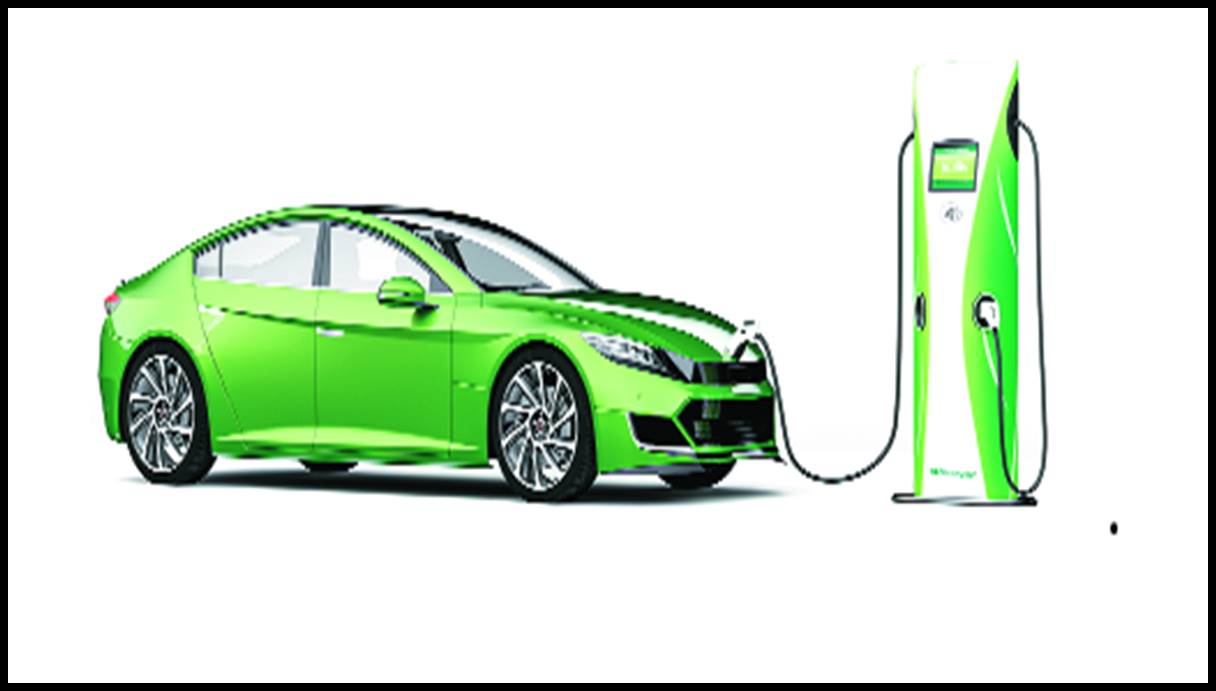Common Faults in Hybrid Cars

Recurring issues that plague hybrid vehicles and how they compare in performance across different models.
Hybrid Technology and Common Vulnerabilities
Hybrid cars combine a traditional combustion engine with an electric motor to provide improved fuel efficiency and reduced emissions. However, this advanced technology also comes with its own set of vulnerabilities. Understanding the hybrid technology and its common faults is crucial for hybrid car owners.
One common vulnerability is the complexity of the hybrid system. The combination of an internal combustion engine, an electric motor, and a battery pack can lead to more potential points of failure. Additionally, the intricate interplay between these components requires specialized maintenance and repair knowledge.
Another vulnerability is the reliance on the electric motor. While the electric motor provides many benefits, it can also experience glitches and malfunctions. These issues can impact the overall efficiency of the hybrid car and may require costly repairs.
Furthermore, hybrid cars are equipped with regenerative braking systems, which convert kinetic energy into electrical energy to charge the battery. However, this system can be prone to faults, particularly in harsh driving conditions or when the brake system is not properly maintained.
Overall, understanding the vulnerabilities of hybrid technology is essential to address and prevent common faults in hybrid cars.
Battery Life and Performance Issues in Hybrid Cars
Battery life is a critical aspect of hybrid cars, as it directly affects their performance and overall efficiency. One common issue with hybrid car batteries is their limited lifespan. While manufacturers strive to improve battery durability, hybrid car owners may still experience reduced battery capacity over time.
Performance issues can arise when the battery's capacity diminishes. A degraded battery may result in reduced electric range and decreased fuel efficiency. Additionally, the electric motor may struggle to deliver the expected power, resulting in slower acceleration and diminished overall performance.
Moreover, extreme temperatures can impact the performance and lifespan of hybrid car batteries. High temperatures can accelerate the degradation process, while extremely low temperatures can reduce the battery's ability to hold a charge.
Regular battery maintenance and proper usage practices, such as avoiding deep discharges and extreme temperature conditions, can help mitigate these issues and prolong battery life in hybrid cars.
Electric Motor Glitches and Their Impact on Hybrid Efficiency
The electric motor is a crucial component of hybrid cars, responsible for providing electric propulsion and assisting the internal combustion engine. However, like any complex electronic system, electric motors can experience glitches and malfunctions.
One common glitch is the failure of the motor controller, which regulates the flow of electricity to the motor. This can result in reduced power output or complete motor failure. Additionally, issues with the motor's cooling system can lead to overheating, further impacting its efficiency and performance.
When the electric motor malfunctions, the hybrid car may rely more on the internal combustion engine, leading to increased fuel consumption and reduced overall efficiency. It is important to address electric motor glitches promptly to maintain optimal hybrid performance.
Regular inspections, timely maintenance, and addressing any warning signs or unusual noises can help prevent and resolve electric motor glitches in hybrid cars.
Brake System Complications in Hybrids
Hybrid cars employ regenerative braking systems, which convert kinetic energy into electrical energy to recharge the battery. While this system offers benefits such as improved fuel efficiency and reduced brake wear, it can also present complications.
One common issue is the complexity of the brake system. Hybrid cars have both traditional mechanical brakes and regenerative braking systems, which require specialized maintenance and repairs. Failure to properly maintain the brake system can result in reduced braking performance and potential safety hazards.
Moreover, regenerative braking systems can be affected by driving conditions. Harsh driving conditions, such as excessive braking or driving on uneven surfaces, can lead to increased wear and tear on the brake system components. Additionally, the regenerative braking system may not function optimally in extreme temperatures.
Regular inspections, proper maintenance, and addressing any brake-related warning signs are essential to ensure the safe and efficient operation of the brake system in hybrid cars.
Comparative Analysis of Hybrid Car Models and Their Fault Rates
When considering a hybrid car, it is important to compare different models and their fault rates to make an informed decision. Some hybrid car models may have higher fault rates compared to others, indicating potential recurring issues.
Factors that can contribute to variations in fault rates include the complexity of the hybrid system, the quality of components, and the manufacturer's attention to detail. By researching and comparing the fault rates of different hybrid car models, potential buyers can identify models with better reliability records.
It is also important to consider the availability of spare parts and the expertise of local mechanics when choosing a hybrid car model. Opting for a model with good availability of spare parts and experienced mechanics can simplify maintenance and reduce repair costs.
Comparative analysis of hybrid car models and their fault rates can help consumers make informed decisions and choose a hybrid car that meets their performance and reliability expectations.

 Loading..
Loading..